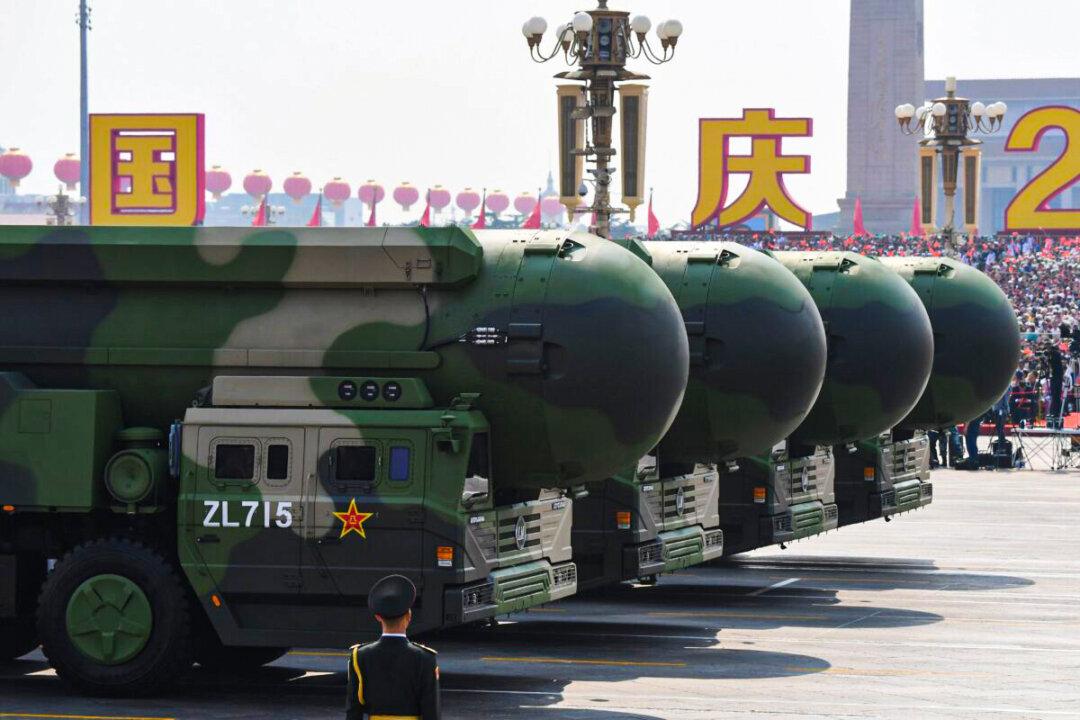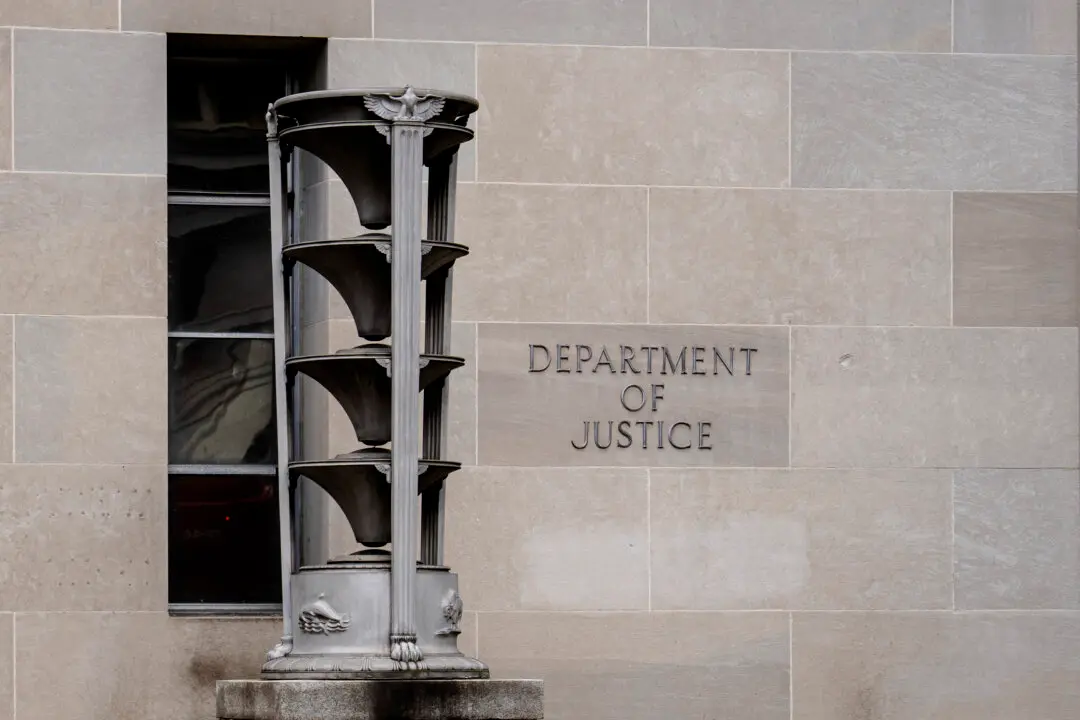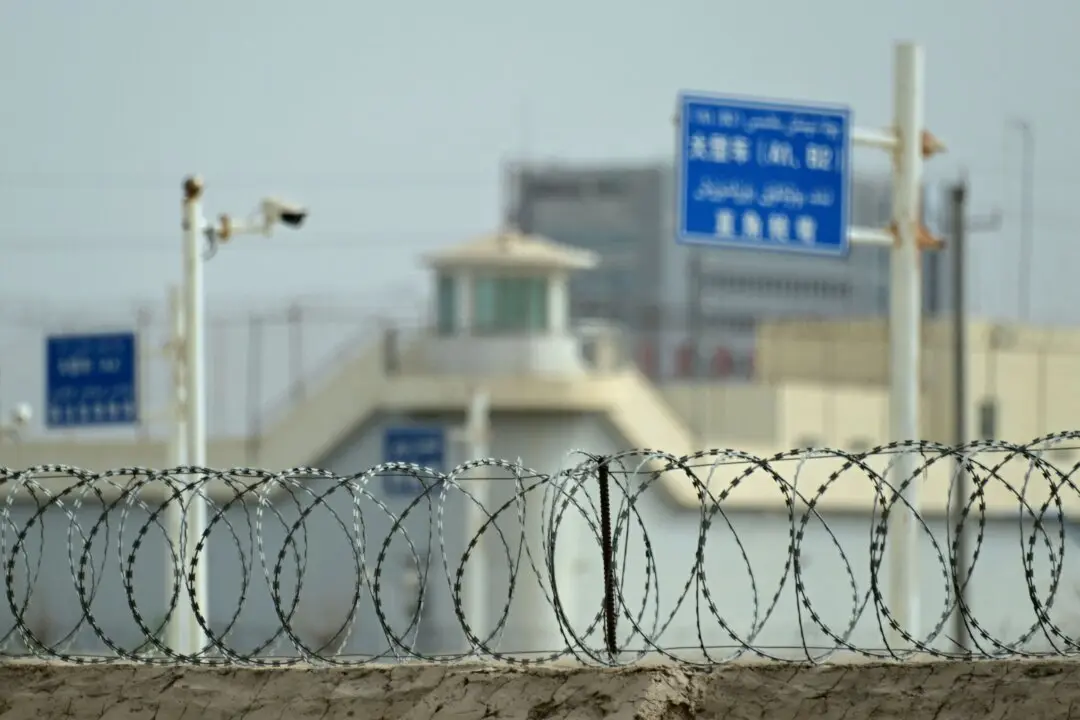The U.S. Indo-Pacific commander has warned that China’s growing nuclear arsenal poses a threat to the region’s stability, with Beijing pursuing “the largest military buildup in history” since World War II.
Adm. John Aquilino, the U.S. Indo-Pacific commander, made the remarks following China’s opposition to the Australia, UK, and U.S. (AUKUS) defense pact, which will arm Australia with nuclear-powered submarines. Beijing said it poses nuclear proliferation risks.





